One fascinating aspect of urban development examined in “The Top Ten Cities Built Below Sea Level” is how people’s inventiveness satisfies land-based constraints. Although these low-lying communities sometimes flood, they are incredible illustrations of how clever urban design and technical innovation have been applied to address the ongoing threat of water. Every city has evolved to suit its surroundings by erecting fresh kinds of infrastructure like pumping systems, levees, and dikes. While some of these municipalities are hidden treasures, others are well-known seaside cities. This study mostly focuses on ten unusual communities constructed below sea level.
It covers their histories, highlights their individuality, and examines current efforts to shield them from rising floods connected to climate change. Looking at these unique locations helps one to appreciate how people can flourish in apparently difficult circumstances. For anyone interested in how nature and city life interact, this is therefore a quite fascinating book to read. This topic provides readers with fascinating knowledge regarding some of the most unusual cityscapes worldwide. It is aimed to grab the interest of those researching fresh approaches to design cities or modify the surroundings. Those who enjoy geography, urban development, or environmental issues will also find it fantastic.
Here Are Top Ten Cities Built Below Sea Level
10. Georgetown, Guyana – 6 feet below sea level

Georgetown, Guyana’s vibrant capital, sits at the mouth of the Demerara River, just 6 feet below sea level, making it a prime example of a coastal city defying its low-lying geography. Established by Dutch colonists in the 18th century, it became a bustling trade hub, now home to colonial architecture and cultural landmarks like St. George’s Cathedral. The Kingston Seawall, Guyana’s oldest flood defense, stands as a critical barrier against the Atlantic Ocean, complemented by a network of canals and pumps that manage water levels.
Climate change poses a severe threat, with projections suggesting parts of Georgetown could be submerged by 2030 if sea levels rise unchecked. The city’s economy, tied to agriculture and tourism, relies on these defenses, while nearby natural wonders like Kaieteur National Park draw global visitors. Urban planning here focuses on reinforcing seawalls and improving drainage to combat flooding, reflecting a commitment to climate resilience. Georgetown’s blend of history, culture, and engineering makes it a fascinating case study in sustainable urban development amid environmental challenges.
9. Amsterdam, The Netherlands – 7 feet below sea level
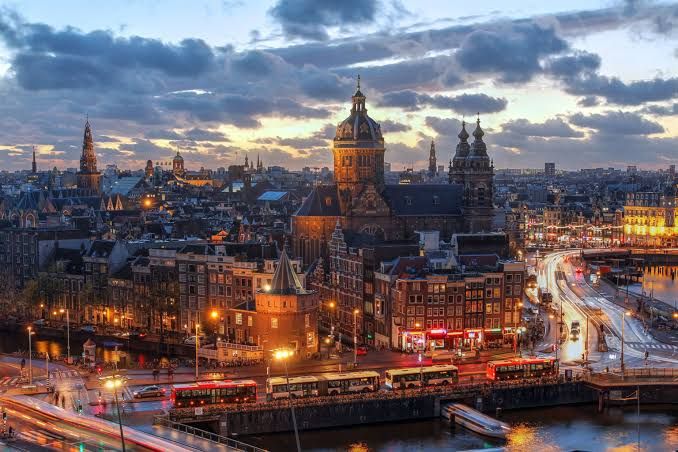
Amsterdam, the iconic Dutch capital, lies 7 feet below sea level, renowned for its picturesque canals and innovative flood protection. Founded as a fishing village in the 12th century, it grew into a global trade powerhouse, with its canal system, a UNESCO World Heritage Site, serving both aesthetic and practical purposes. The Delta Works, a network of dikes, sluices, and pumps, protects Amsterdam from North Sea flooding, showcasing advanced urban engineering.
The city’s narrow, gabled houses and historic center reflect its mercantile past, while modern initiatives like floating neighborhoods highlight its forward-thinking approach to climate resilience. Rising sea levels due to climate change threaten Amsterdam, but its centuries-long experience with water management offers lessons in sustainable urban planning. The city’s cultural vibrancy, from the Rijksmuseum to vibrant festivals, attracts millions, making its preservation critical. Amsterdam’s ability to balance history with cutting-edge flood defenses positions it as a global model for coastal cities navigating environmental challenges.
8. Kristianstad, Sweden – 8 feet below sea level
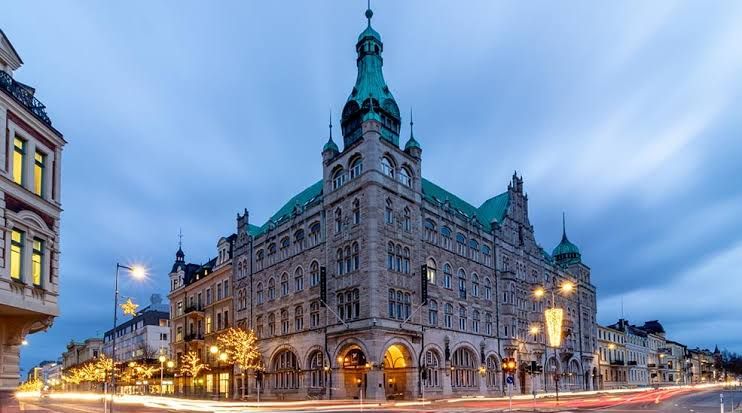
Kristianstad, nestled in southern Sweden, sits 8 feet below sea level, earning its place as the country’s lowest city. Founded in 1614 by King Christian IV, it flourished as a fortified town along the Helge River, with a rich history reflected in its Renaissance-style architecture. The city employs a unique reverse dam, the Hammarslundsvallen, which allows fish migration while controlling water levels, alongside embankments to prevent flooding. Part of the Kristianstad Vattenrike Biosphere Reserve, a UNESCO site, the city integrates wetlands into its flood protection strategy, enhancing biodiversity and climate resilience.
These natural and engineered solutions make Kristianstad a standout in sustainable urban development. Climate change increases flood risks, but the city’s proactive measures, including monitoring water levels and restoring wetlands, mitigate these threats. Its charming old town and eco-conscious initiatives draw visitors interested in geography and environmental adaptation, making Kristianstad a compelling example of harmonizing urban life with nature.
7. Rotterdam, The Netherlands – 23 feet below sea level
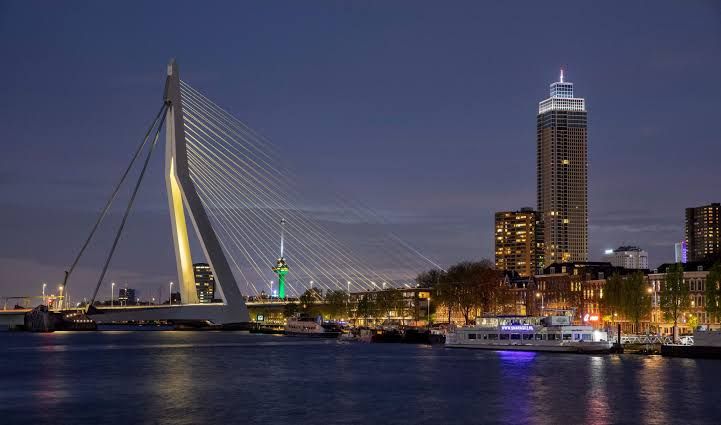
Rotterdam, a global port powerhouse, lies 23 feet below sea level, with 85% of its area vulnerable to flooding. Rebuilt after World War II devastation, it boasts a modern skyline and innovative urban planning. The Maeslantkering, a massive storm surge barrier, automatically closes during high tides, protecting the city’s 1.5 million residents and Europe’s largest port. Rotterdam pioneers floating architecture, including houses and solar parks, showcasing cutting-edge flood protection.
Its history as a maritime hub dates back to the 13th century, evolving into a leader in sustainable urban development. Climate change heightens risks, with rising sea levels threatening infrastructure, but Rotterdam’s climate-proofing strategy, aiming for resilience by 2025, includes urban reservoirs and green spaces to manage water. The city’s blend of economic might and environmental innovation attracts global attention, offering lessons for coastal cities worldwide facing similar challenges.
6. Baku, Azerbaijan – 92 feet below sea level
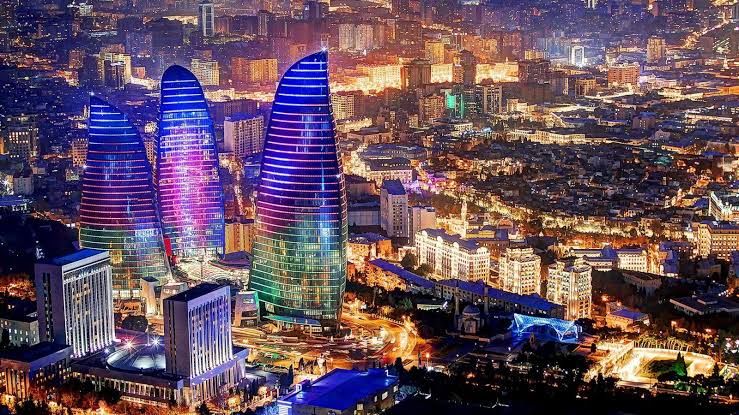
Baku, Azerbaijan’s capital, rests 92 feet below sea level in the Caspian Depression, making it the world’s lowest-lying capital. Founded as a Persian settlement, it grew into a cultural and economic hub, fueled by oil wealth from the 19th century. The city’s iconic Flame Towers and UNESCO-listed Old City reflect its blend of modernity and history. Natural barriers and oil-funded infrastructure, like seawalls, protect Baku from Caspian Sea flooding, though climate change poses growing risks.
Urban engineering here focuses on maintaining these defenses while expanding the city’s global influence as a trade and tourism center. Baku’s hot, arid climate and proximity to the sea create unique challenges, but its strategic location drives innovation in flood protection. The city’s vibrant cultural scene, from museums to festivals, draws visitors, making its resilience against environmental threats a key focus for sustainable urban planning.
5. Astrakhan, Russia – 92 feet below sea level

Astrakhan, located on the Volga River near the Caspian Sea, shares the 92-foot below-sea-level mark with Baku. A trading port since the 14th century, it thrived as a gateway between Europe and Asia, with its UNESCO-listed Kremlin showcasing its cultural diversity from Russian, Tatar, and Kazakh influences. The city relies on natural river systems and engineered embankments for flood protection, adapting to its low-lying geography.
Climate change increases flood risks, but Astrakhan’s historical resilience and modern infrastructure upgrades help mitigate threats. Its vibrant markets, historic architecture, and strategic location make it a draw for those exploring geography and urban development. Efforts to strengthen flood defenses and preserve wetlands highlight Astrakhan’s commitment to climate resilience, offering insights into balancing heritage with environmental adaptation in coastal cities.
4. Calipatria, California, USA – 184 feet below sea level
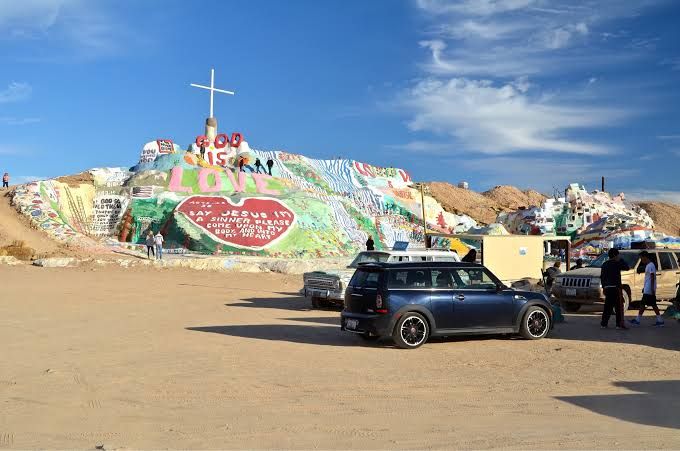
Calipatria, in California’s Imperial Valley, sits 184 feet below sea level, the lowest incorporated town in the Western Hemisphere. Established in the 1910s for agriculture, it thrives on irrigation from the Colorado River, producing crops like dates and vegetables. The town’s iconic World’s Tallest Flagpole symbolizes its unique identity in the Salton Sink. Water management is critical, with canals and pumps preventing flooding in this arid region.
Climate change exacerbates challenges, with rising temperatures straining water resources, but Calipatria’s innovative farming practices and infrastructure upgrades showcase sustainable urban development. Its small size belies its significance as a case study in environmental adaptation, attracting visitors interested in geography and urban engineering. The town’s resilience in a harsh, below-sea-level environment offers valuable lessons for coastal cities facing similar threats.
3. Bombay Beach, California, USA – 226 feet below sea level

Bombay Beach, on the Salton Sea, lies 226 feet below sea level, the lowest unincorporated community in the US. Once a 1950s resort destination, it transformed into an eclectic arts hub, hosting the Bombay Beach Biennale. Environmental challenges, like the Salton Sea’s receding waters and rising salinity, threaten its future, but the community’s creative spirit drives resilience.
Flood protection relies on levees and natural barriers, with urban planning focused on sustainable tourism and art-driven revitalization. Climate change worsens conditions, with dust storms impacting air quality, yet Bombay Beach’s quirky installations and offbeat charm draw global visitors. Its adaptation to a harsh, below-sea-level environment highlights innovative urban development, offering a unique perspective on balancing culture and environmental challenges in coastal cities.
2. Tiberias, Israel – 689 feet below sea level

Tiberias, on the Sea of Galilee, sits 689 feet below sea level in the Jordan Rift Valley, one of Judaism’s four holy cities. Founded in Roman times, it boasts historical sites like Hamat Tiberias National Park, known for hot springs, and a rich biblical heritage. Its arid climate and low elevation require careful water management, with natural barriers and modern irrigation preventing flooding.
Climate change threatens water scarcity, but Tiberias’ tourism-driven economy, centered on pilgrimage and history, fuels investment in sustainable urban planning. The city’s archaeological treasures and scenic lake views attract millions, making its resilience vital. Tiberias exemplifies how coastal cities blend cultural significance with environmental adaptation, offering lessons in urban engineering for low-lying regions.
1. Jericho, West Bank – 864 feet below sea level
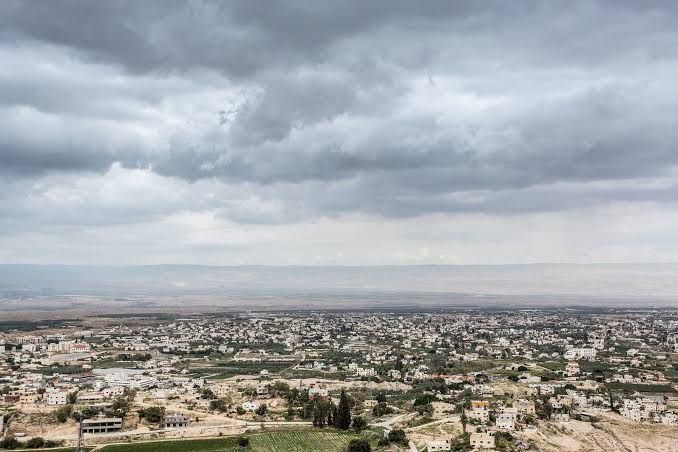
Jericho, near the Dead Sea, holds the title of the world’s lowest and oldest city, at 864 feet below sea level. With a history spanning over 10,000 years, its archaeological sites, like Tell es-Sultan, reveal Neolithic origins. Located in the Jordan Valley, Jericho thrives on agriculture, particularly date palms, using natural barriers and ancient water systems for flood protection.
Climate change brings challenges like drought, but the city’s historical resilience and modern irrigation ensure sustainability. Its biblical significance and proximity to the Dead Sea draw tourists, making urban planning critical for preserving its heritage. Jericho’s ability to flourish in an extreme environment showcases unparalleled climate resilience, offering a model for coastal cities navigating geography and environmental threats.




